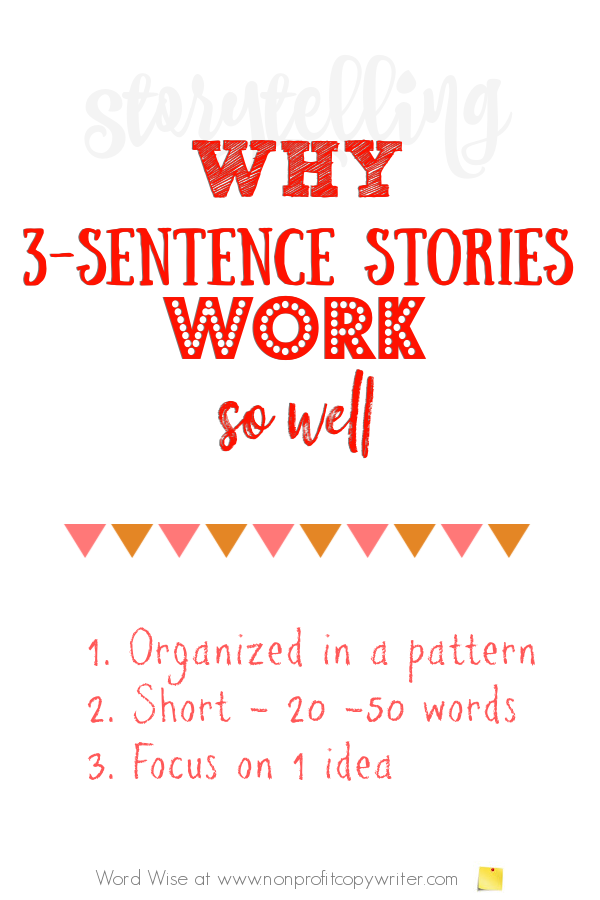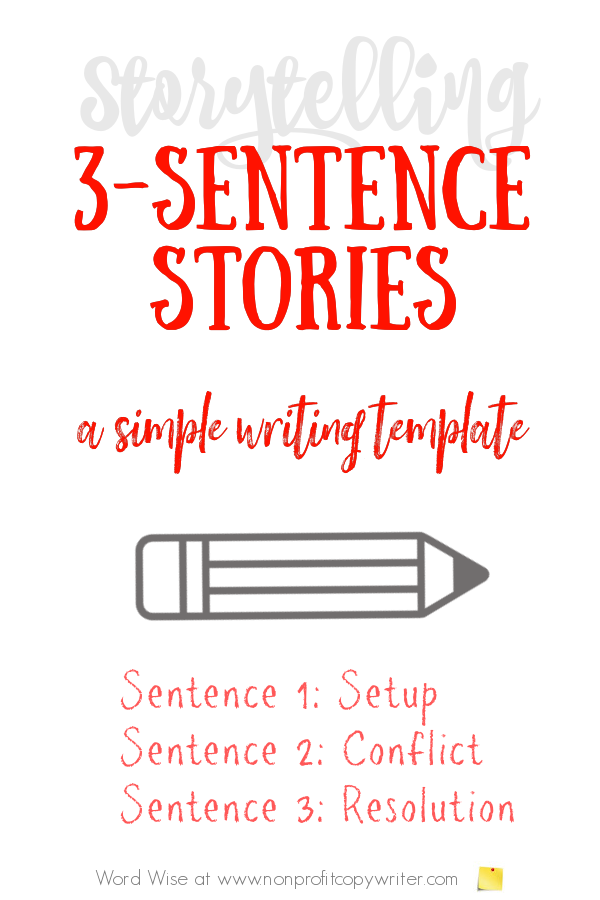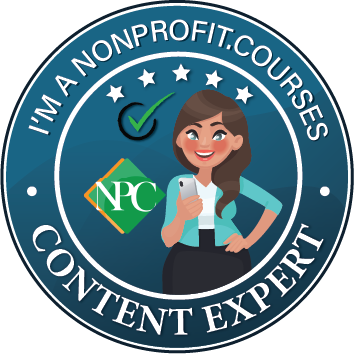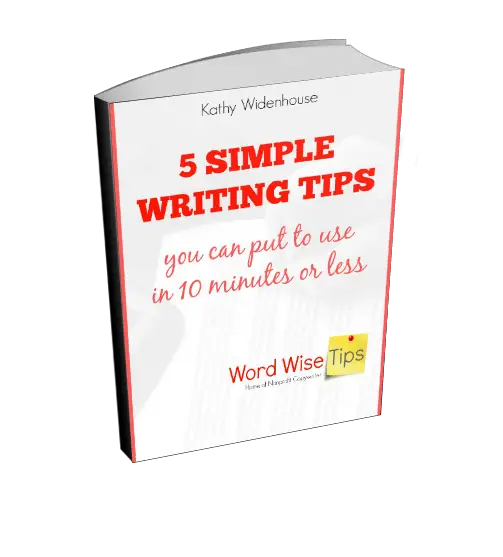Save Time: Get 5 Simple Writing Tips
you can put to use in 10 minutes
How To Write and Use 3-Sentence Stories
Award-winning writer Kathy Widenhouse has helped hundreds of nonprofits and writers produce successful content , with 750K+ views for her writing tutorials. She is the author of 9 books. See more of Kathy’s content here.
Posted 10.14.25
The cursor blinked relentlessly on the blank screen. But when I glanced down at my notes, a scribble jumped out: “Start with a story.” With a deep breath, I moved my shaking hands to the keyboard and began to type.
Yep, that’s a 3-sentence story. It’s one of the most helpful tools in your writing arsenal. And once you learn this hidden formula, you can sprinkle powerful stories throughout your content.
But writers aren’t widely taught storytelling under the 3-sentence label. You master character profiles, dialogue, point of view …
Nevertheless, you may already use 3-sentence stories without realizing it. If you’re not familiar with this format, you’re in for a treat. You’re about to see why the 3-sentence formula is so useful for writers of all stripes.
3-sentence stories prove the shortest pieces can carry emotional weight or pack a powerful punch. Readers get hooked hearing about other people’s experiences, but they don’t want to wade through a mini novel at the outset of your piece. Brevity reigns in short-form content like social media posts, web pages, and blogs. That’s one reason this simple little format pulls in readers for you.
Why 3 sentences?
The human mind is proficient at processing information in patterns. Three is the smallest number by which we can organize information in our minds — thus “The Rule of Three” as a cornerstone for writing.
So when it comes to storytelling, 3-sentence stories are a tidy way to keep things tight for your reader. The formula forces you to distill a story down to its essence in just 20–50 words. You focus on one key moment, conflict, or punchline.
And even though it’s brief, you still have a complete story arc: beginning → middle → end.
The 3-sentence story template
Use this handy 3-beat template to write your own 3-sentence stories.
Sentence 1: Setup
Introduce the character and situation — or present the problem.
“[Character] was [doing something/feeling something] in [place].”
The cursor blinked relentlessly on the blank screen.
Sentence 2: Conflict
Show an unexpected event … a change … a turning point … a surprise.
“Suddenly, [event/problem/twist] happened.”
But when I glanced down at my notes, a scribble jumped out: “Start with a story.”
Sentence 3: Resolution
Describe the outcome or transformation or explanation that’s the result of Sentence 2.
“As a result, [ending/realization/surprise].”
With a deep breath, I moved my shaking hands to the keyboard and began to type.
An example using the 3-sentence formula
- Setup: “The old man fed the stray cat every evening.”
- Conflict: “One night, the cat didn’t show up.”
- Resolution: “The next morning, the old man found three kittens waiting on his porch.”
To sum up …
- Length and scope: 3-sentence stories are extremely short, usually 20–50 words. They focus on one key event, change, or outcome.
- Structure: 3-sentence stories follow a simple setup → conflict → resolution format.
- Emotional impact: 3-sentence stories are pithy and immediate, relying on surprise, humor, or shock for effect.
How can you use 3-sentence stories?
For the practical writer, 3-sentence stories shine the brightest as hooks, email openers, quick ad copy, and social media posts. They grab attention fast.
In content writing
- Hook intros: Start a blog post or article with a 3-sentence story to pull the reader in emotionally before diving into facts.
Example: “When my tomato plant wilted in the bright afternoon sun, I almost gave up gardening. But after one small change, it came back stronger than ever. Here’s what I learned about watering tomatoes the right way.” - Case studies or testimonials: Instead of a long customer story, condense their experience into three punchy sentences that show problem → solution → success.
- Social media posts: Short-form stories are perfect for platforms like Instagram, LinkedIn, or Twitter/X, where tight writing wins.
- Email openers: A quick story in three sentences at the start of an email newsletter makes it more personal and engaging.
Example: “Maria hated running and avoided it for years. But when her friend dared her to a 30-day challenge, she decided to try. Now, she can’t believe she’s already halfway to her first 5K.”
In copywriting
- Sales page micro stories: Use them to illustrate pain points or transformations without overwhelming the reader.
Set up: “Jake wasted hours guessing where his time went.” Conflict: “He started using XYZ app to track every task.” Result: “Now, his workday ends on time — and he even has extra hours for himself.” - Ad copy: 3-sentence stories work beautifully in Facebook, Instagram, and Google ads where you need instant connection.
- Product descriptions: Instead of listing features, show a mini story of how the product solves a customer’s problem in just three sentences. Remember your writing instructor’s admonition to show, rather than tell?
- Calls-to-Action (CTAs): Use a quick story right before the CTA to stir emotion and move people to act.
Example: “Emma struggled to remember basic French phrases. Then she tried the ABC app for just 10 minutes a day. Two weeks later, she was ordering croissants like a local in Paris — and you can too, when you click here.”
Beyond content and copy, 3-sentence stories are useful exercises, helping you master clear structure and concise writing. And a handful of writers even publish their 3-sentence masterpieces as standalone flash fiction.
How 3 sentences rise to the challenge
If you try to pack more than one core idea or one turning point or one transformation into your 3-sentence story, it will flop. You’ll lead readers on a merry chase. They’ll be confused, and you’ll lose them.
And if you eliminate one of the three elements, you won’t have a story. You’ll have a setting and a problem, but no solution — and no point. Or you’ll have a solution, but no setting or no problem — and you’ll sound preachy.
But stay on target, and your mini-story will capture your reader’s attention. They’ll want to know more about your core idea or turning point or transformation. And you can use the rest of your content to explain it.
That’s a lot of responsibility to lay on 3 sentences. But write them wisely, and they’ll rise to the challenge over and over. And you’ll become a better and better writer.
More Storytelling Tips
Why Telling Stories Sticks to Readers: It’s Science!
12 Places to Look for Story Writing Ideas ...
Why You MUST Master Persuasive Storytelling ...
3 Story Writing Mistakes to Avoid (If You Want to Make a Point) ...
Story formats to use in nonprofit appeals ...
How to Write a Story to Make a Point ...
How to Develop a Story Idea ,,,
Tips for getting stories from clients ...
More tips on our Writing Stories Pinterest board ...
Return from 3-Sentence Stories to Nonprofit Copywriter home
As an Amazon Associate I earn from qualifying purchases.
Share This Page

Named to 2022 Writer's Digest list
BEST GENRE/NICHE WRITING WEBSITE

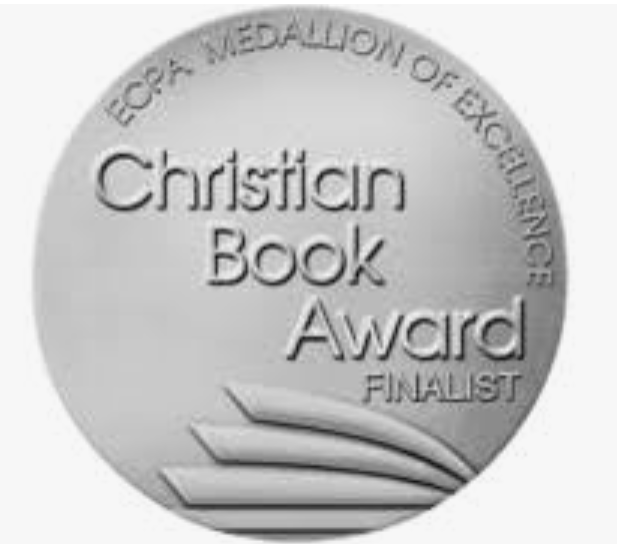
Stop Wasting Time!
Grab your exclusive FREE guide, "5 Simple Writing Tips You Can Put to Use in 10 Minutes or Less"





